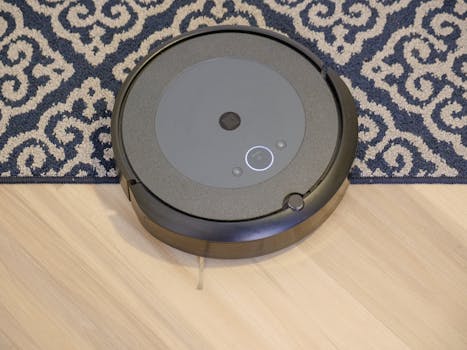
Smart Homes and Smart Living: The Technological Transformation of European Homes by 2025
Smart Homes and Smart Living are revolutionizing the way we live in our homes. With the latest technological advancements and innovations, European homes are becoming more efficient, convenient, and sustainable. In this article, we will explore the current state of smart homes and smart living in Europe and what we can expect by 2025.
Introduction to Smart Homes and Smart Living
Smart homes and smart living refer to the integration of technology and automation in homes to make them more comfortable, convenient, and sustainable. This includes features such as voice-controlled assistants, automated lighting and temperature control, and smart security systems. The concept of smart homes and smart living has been around for several years, but it has gained significant traction in recent years, especially in Europe.
Current State of Smart Homes and Smart Living in Europe
Europe has been at the forefront of the smart home and smart living revolution. According to a recent report, the European smart home market is expected to grow from €15.6 billion in 2020 to €35.8 billion by 2025, at a Compound Annual Growth Rate (CAGR) of 14.5%. This growth is driven by factors such as increasing demand for energy efficiency, convenience, and security.
Technological Advancements and Innovations
Several technological advancements and innovations are driving the growth of smart homes and smart living in Europe. Some of the key trends include:
- Artificial Intelligence (AI): AI is being used to develop more sophisticated voice-controlled assistants and to analyze data from various smart devices to optimize energy consumption and improve home security.
- Internet of Things (IoT): IoT is enabling the connectivity of various smart devices, allowing them to communicate with each other and with the cloud, and providing real-time data and insights.
- 5G Networks: The rollout of 5G networks is providing faster and more reliable connectivity, enabling the widespread adoption of smart home devices and applications.
What to Expect by 2025
By 2025, we can expect significant advancements in smart homes and smart living in Europe. Some of the key trends and predictions include:
- Increased Adoption of Smart Home Devices: More and more European households are expected to adopt smart home devices, such as voice-controlled assistants, smart thermostats, and smart security cameras.
- Greater Emphasis on Energy Efficiency: With the increasing focus on sustainability and energy efficiency, smart homes and smart living will play a key role in reducing energy consumption and carbon emissions.
- More Sophisticated Security Systems: Smart home security systems will become more sophisticated, using AI and machine learning to detect and prevent security threats.
Conclusion
In conclusion, smart homes and smart living are transforming the way we live in our homes, making them more efficient, convenient, and sustainable. With the latest technological advancements and innovations, European homes are becoming more connected, automated, and secure. By 2025, we can expect significant advancements in smart homes and smart living, with increased adoption of smart home devices, greater emphasis on energy efficiency, and more sophisticated security systems.






